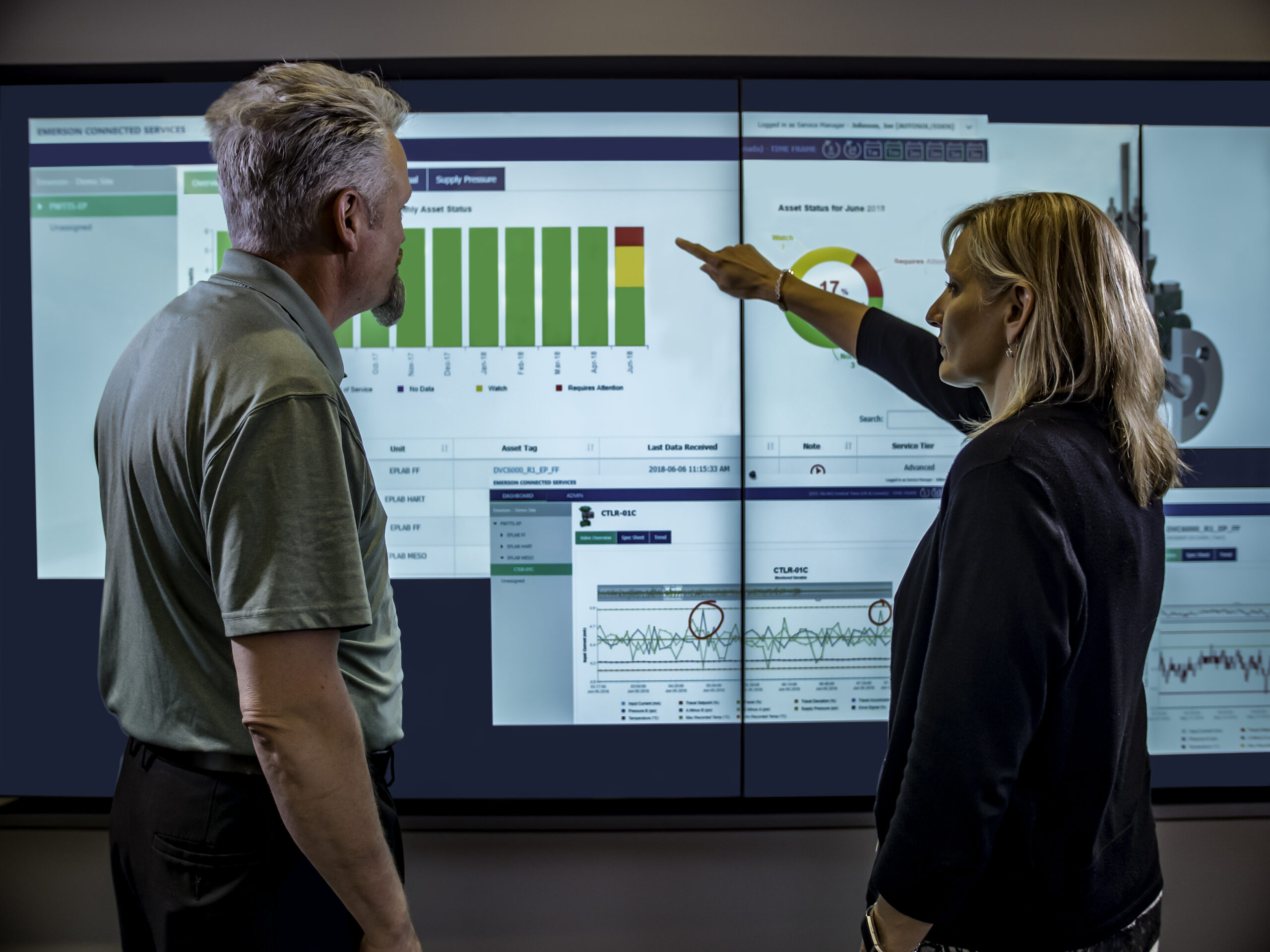
Are you asking yourself why we prioritize the same valve list over and over again for every outage? When you started as a reliability or maintenance engineer, your manager handed you a list of valves to service during each outage. You’ve been using that list repeatedly at this point and you may occasionally discover that certain valves don’t require maintenance during the outage.
If you are creating your own valve list for the next outage, you might be looking at your previous valve service history. Is the previous valve maintenance history accurate? If you are in a newer facility, you might not even have any service history. Do you have time to check the service documentation to identify what valves may need to be repaired by your upcoming planned maintenance event?
Valves at different places in your process or different applications will likely require maintenance at different intervals. Let’s talk about a different approach to preparing for your next outage…
Step 1: Collect Valve Diagnostics Data
The first step to improving your valve maintenance strategy should be to start gathering diagnostic data at some regular intervals. You will need the correct hardware on each valve you would like to monitor, which would be a Digital Valve Controller (DVC) such as the Fisher™ FIELDVUE™ DVC6200.
Do you have DVCs but are unsure if you can collect the diagnostics data? You will need a software like the ValveLink™ software set up to communicate with the DVCs and collect the FIELDVUE™ diagnostic data. Ideally, the DVCs should have the Performance diagnostics (PD) tier enabled. The PD tier can record a continuous high-resolution set of data (down to every 100ms) while the valve is operating, which allows for much broader and in-depth analysis on the valve condition.
Not sure where to start? If you are unsure of what hardware or software is needed, you can engage a service like Emerson’s Valve Condition Monitoring service, which involves setting up to begin gathering the necessary valve diagnostics data. For further details, speak with an Emerson Sales representative.
Step 2: Assign Resources to Configure and Review Valve Diagnostics Data
One of the most difficult steps to move to a predictive maintenance strategy is to have enough resources to review data collected to make data-driven decisions. There is a lack of expertise in valve diagnostic data interpretation as there is learning curve to understand valve diagnostics data. Once you have a trained staff member, it is not easy to replace a plant-specific valve diagnostics analyst if they leave or are promoted.
Your assigned resource should have training on the technologies they may use such as ValveLink software. They should be data savvy and be able to filter, transform and convert data to be able to read and analyze valve issues. If you are training someone new, it may help if your valve data analyst attends Educational Services classes such as Fisher Diagnostic Data Interpretation Using ValveLink Software for FIELDVUE, which can be found in the Emerson Training catalog.
Although, many plants’ assigned valve analyst may wear two hats and not be able to focus 100% of their time on valve diagnostic data. It may not be feasible to have the valve analyst located within the plant maintenance or within the reliability staff. Alternatively, you can hire a valve expert such as through Emerson’s Valve Condition Monitoring service offering. Therefore, you have a designated expert analyst that is completely focused on monitoring your valves condition.
Step 3: Make a Priority Work List with Data Analysis
A priority work list of valves based on diagnostic data is helpful to be able to optimize the length of your outage to service the valves that need to be serviced. Your assigned resource should put together a report on a continuously basis, such as monthly or quarterly basis. The report should include which valves have issues, how urgent are these issues, and ideally what service or part is needed to repair the valves.
Planning for your upcoming planned outage can be aided by this report. If an unanticipated outage occurs, you can review the most recent report to find out which valves might need to be fixed. When planning for the next outage, you will have a priority ranking of valves based on which are the most critical to be serviced. As a result, you can properly prepare for the extent of service and the parts required for the outage. If you are able to complete the planned valve service scope early, you will already know which valves to examine that are second most important to be serviced. Most importantly, you can prevent opening and removing valves that are not in need of maintenance during a planned maintenance event.
Learn how a plant maximized the turnaround through these steps to ultimately reduce their downtime through this proven result. If you would like to learn more about Valve Condition Monitoring from Emerson, please visit our Valve Condition Monitoring webpage or contact us.





